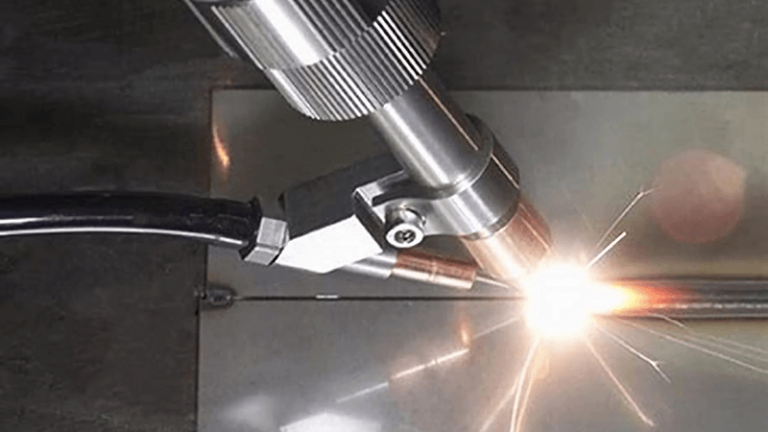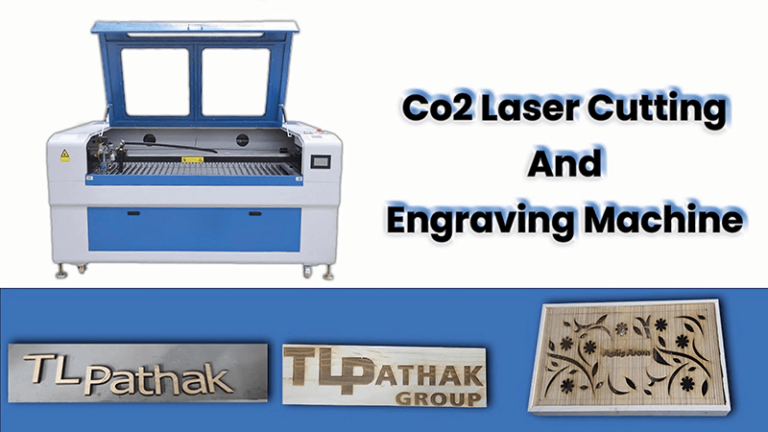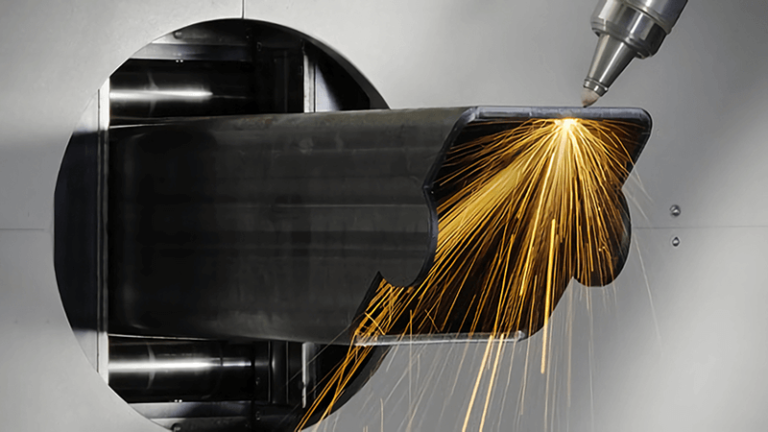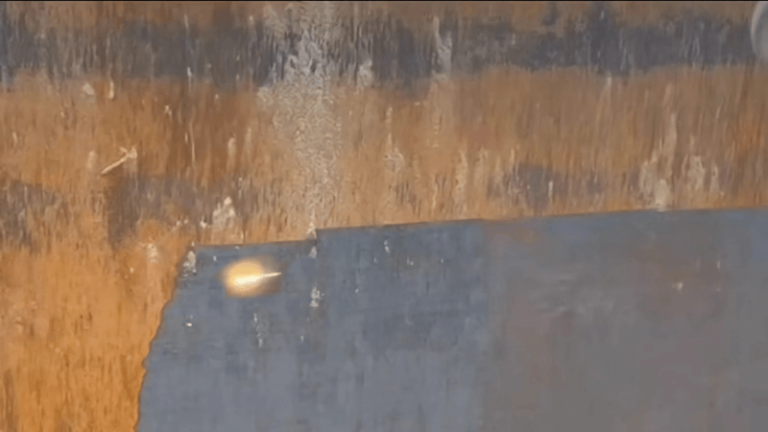Why Laser Carving Machines?
If you're in manufacturing, arts, or crafting, you've probably heard the buzz around laser carving machines. But why all the hype? Well, it's simple. Traditional carving methods are slow, less accurate, and sometimes downright messy. Imagine working with a tool that gives you speed, precision, and a professional finish every single time. That’s where laser carving machines come in. They are transforming industries, big and small, by providing efficient and customizable solutions. And guess what? They're not just for the big guys anymore; they're accessible to businesses of all sizes.
So, what's the big deal about laser carving machines? They offer versatility, accuracy, and productivity all rolled into one. From small craft businesses to large-scale industrial operations, everyone is tapping into the potential of these machines. No wonder they're gaining popularity faster than a laser beam can cut!
Feeling intrigued? Let's dive deeper into the world of laser carving machines. We'll cover everything from their workings to how you can choose the right one for your needs. Ready to carve out some knowledge? Keep reading!
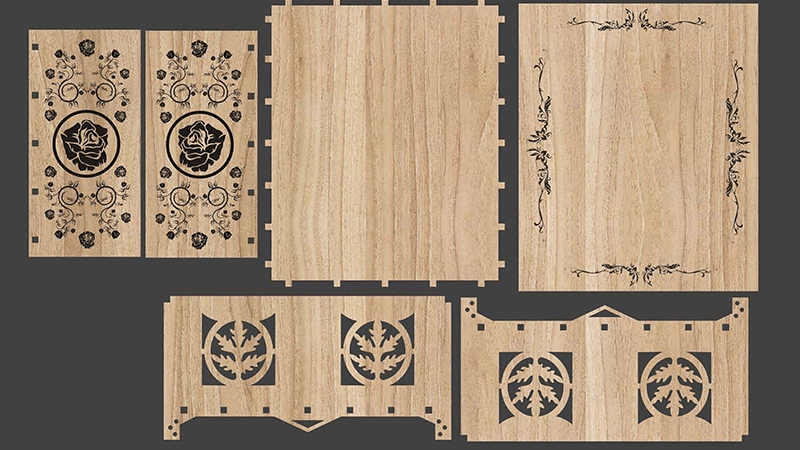
Understanding Laser Carving Machines
There are several types of laser carving machines out there, each suited for different needs. You have CO2 lasers, fiber lasers, and diode lasers—each type has its own strengths and weaknesses. CO2 lasers are ideal for non-metallic materials, while fiber lasers are your go-to for metals. The choice depends on what materials you're working with and what your projects demand.
The key components of any laser carving machine include the laser source, mirrors, lenses, and the workbed. These components work together to direct and focus the laser beam, carving out the desired pattern or design. It’s like an orchestra, with each part playing a crucial role to deliver that perfect output.
How Does Laser Carving Work?
Understanding how laser carving works isn't rocket science, though it's pretty close. A laser beam is focused on the surface of a material, and the high energy density of the beam heats and vaporizes the material in a very precise way. The process is controlled by a computer program that dictates the design pattern, ensuring accuracy to the micrometer.
Laser machines can work with a wide range of materials like wood, acrylic, metal, glass, and even some fabrics. The flexibility of laser carving is one of its greatest strengths—explore the full list of materials suitable for laser carving here.
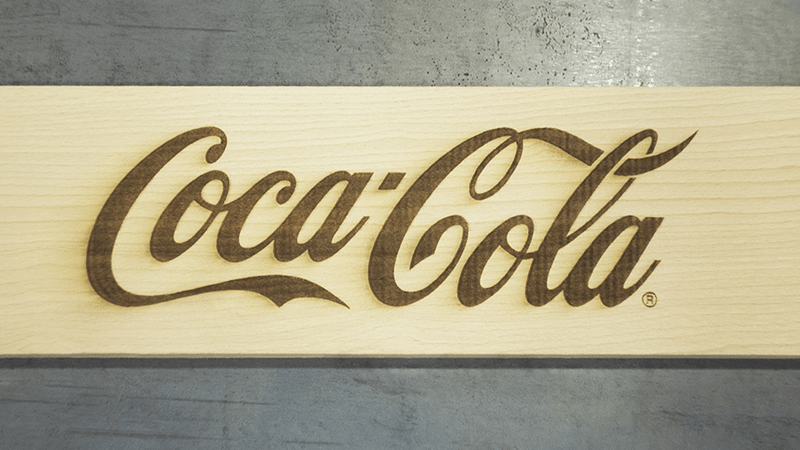
Key Features to Look for in a Laser Carving Machine
Now, not all laser carving machines are created equal. You need to look for some key features to ensure you're getting the best bang for your buck. Here’s what you should focus on:
- Power and Speed: Higher wattage generally means faster and deeper cuts. But don't just go for the most powerful option—match the power to your material needs.
- Precision and Accuracy: For fine details, make sure the machine has high DPI (dots per inch) settings.
- Safety Features: Look for machines with proper shielding, ventilation, and emergency stop buttons to ensure safe operation.
Applications of Laser Carving Machines
From engraving names on jewelry to crafting detailed architectural models, laser carving machines have a wide range of applications. Industries like automotive, electronics, signage, and fashion have all found uses for these versatile machines.
One cool example? A company in the fashion industry uses laser machines to create intricate designs on leather handbags—saving both time and material. Or consider the automotive sector, where laser carving is used to engrave serial numbers on engine parts for quality control. Read more about unique laser carving applications.

Comparing CO2 and Fiber Laser Carving Machines
When it comes to choosing a laser carving machine, the two most popular options are CO2 and fiber lasers. CO2 lasers are great for cutting non-metal materials and are a favorite in the arts and crafts industry. Fiber lasers, on the other hand, excel in cutting metals and have found their place in industrial manufacturing.
CO2 lasers offer more versatility for softer materials, whereas fiber lasers provide faster cutting speeds and low maintenance costs. Check out this detailed comparison to understand which suits your needs.
How to Choose the Right Laser Carving Machine for Your Needs?
Selecting the right laser machine depends on several factors, such as your budget, material needs, and desired production volume. If you're a small business owner, you might not need a high-end machine that costs a fortune. Instead, look for one that balances cost with the specific features you need. Also, consider the after-sales support and warranty terms. Here’s a guide on choosing the right laser carving machine.
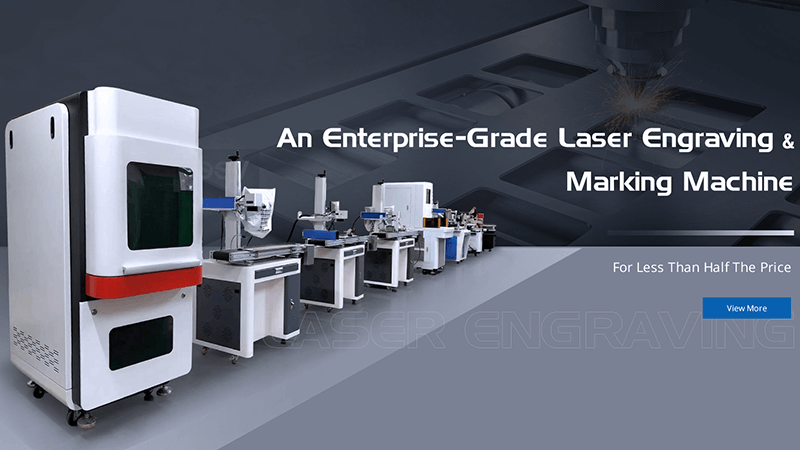
Maintenance and Care of Laser Carving Machines
Laser carving machines are an investment, and like any good investment, they need proper care. Regular cleaning, checking alignment, and software updates are just a few practices that can extend the life of your machine. Don’t forget to replace parts like the laser tube when needed. Trust me, nothing is worse than your laser losing its spark in the middle of a big project!
If you're unsure about maintenance routines, this step-by-step maintenance guide is a lifesaver.
How Much Do Laser Carving Machines Cost?
Prices for laser carving machines can vary widely based on type, power, and additional features. You might find entry-level machines starting from a few thousand dollars, whereas industrial-grade machines could set you back tens of thousands. Don’t forget to budget for accessories, installation, and training, which are often overlooked costs. Check out a comprehensive pricing breakdown here.
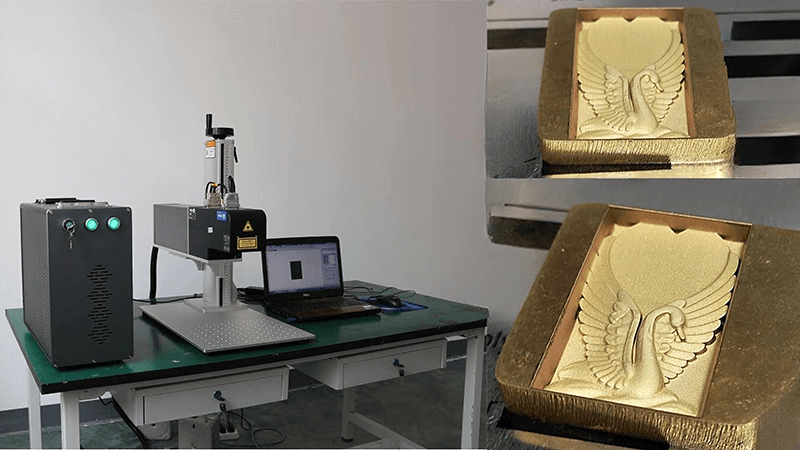
Conclusion
Laser carving machines are more than just tools—they're game-changers for businesses looking to innovate and improve production quality. Whether you're just getting started or looking to upgrade, knowing what to look for can save you both time and money. Want to learn more or explore your options? Contact us at Kirin Laser, and let’s find the perfect machine for you!
References:
1>. "Laser Engraving: A ultimate guide", from Sculpteo .
2>. "The Ultimate Laser Cutter Buying Guide", from Focused Laser Systems.


